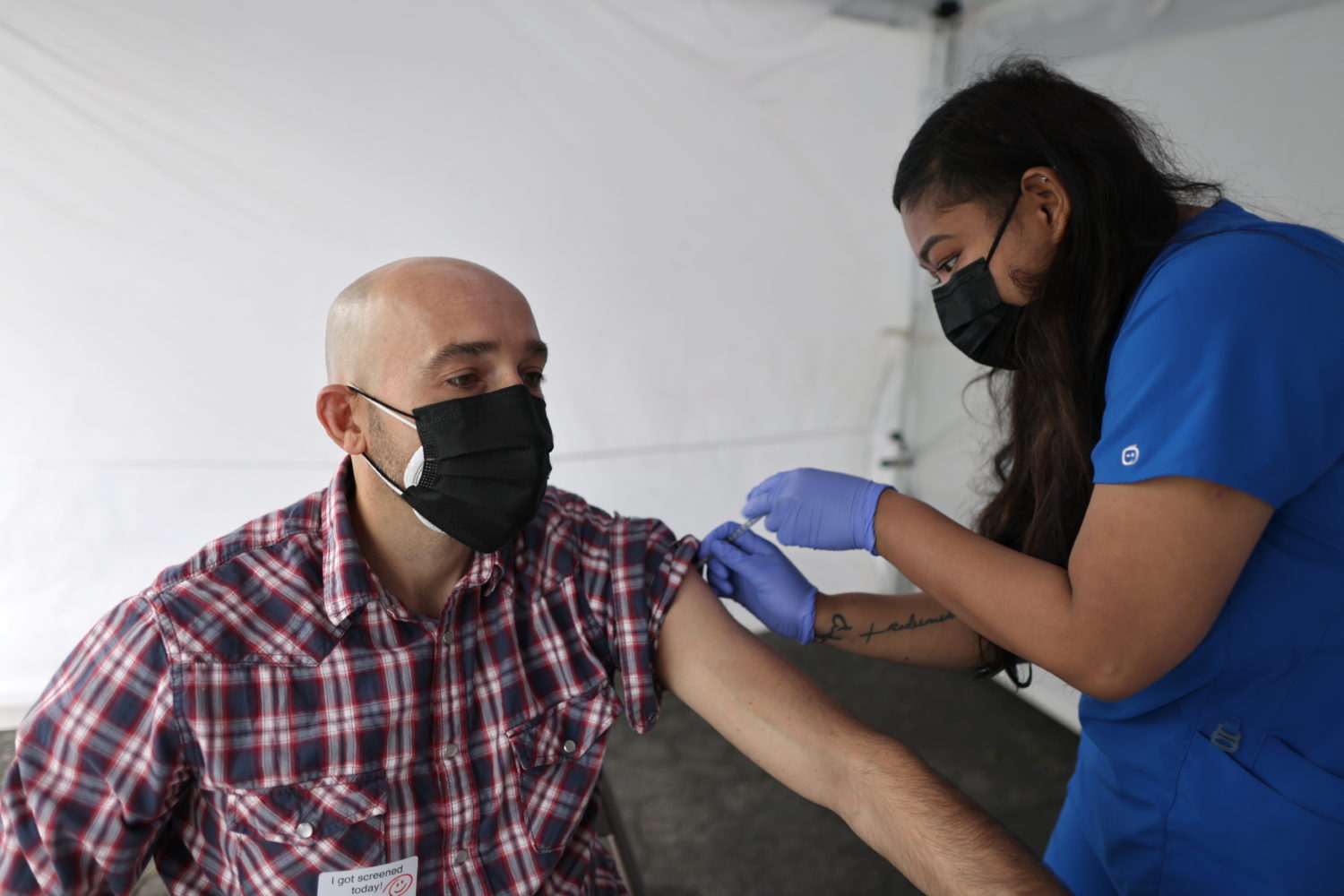
By Lucia Mutikani
WASHINGTON (Reuters) -U.S. consumer confidence raced in March to its highest level since the start of the COVID-19 pandemic, supporting views that economic growth will accelerate in the coming months, driven by more fiscal stimulus and an improving public health situation.
The survey from the Conference Board on Tuesday also showed consumers were fairly upbeat about the labor market, with a measure of household employment rebounding after declining in February. Restrictions on non-essential businesses are being rolled back as more Americans get vaccinated against COVID-19.
That, along with the White House’s massive $1.9 trillion pandemic relief package, has led economists to predict the economy will this year experience it best performance in nearly four decades. The survey showed more consumers intended to buy homes, cars and household appliances over the next six months.
“Consumers finally are fully on board with the pending expansion,” said Robert Frick, corporate economist with Navy Federal Credit Union in Vienna, Virginia. “What remains to be seen is how quickly services industries such as travel and leisure will open up, allowing venues for consumers to release their pent-up demand.”
The Conference Board’s consumer confidence index jumped 19.3 points to a reading of 109.7 this month, the highest level since the onset of the pandemic in March 2020. The increase was the largest since April 2003. Confidence remains well below its lofty reading of 132.6 in February 2020. Economists polled by Reuters had forecast the index would rise to 96.9.
The survey’s present situation measure, based on consumers’ assessment of current business and labor market conditions, soared to a reading of 110.0 from 89.6 last month. The expectations index, based on consumers’ short-term outlook for income, business and labor market conditions increased to 109.6 from a reading of 90.9 in February.
Stocks on Wall Street were trading lower. The dollar rose against a basket of currencies. U.S. Treasury prices were largely lower.
INFLATION WORRIES
The survey’s so-called labor market differential, derived from data on respondents’ views on whether jobs are plentiful or hard to get, rebounded to a reading of 7.8 this month from -0.8 in February. That measure closely correlates to the unemployment rate in the Labor Department’s employment report.
That fits in with expectations for a sharp acceleration in job growth this month. According to a Reuters survey of economists, nonfarm payrolls likely increased by 639,000 jobs in March after rising by 379,000 in February. The government is due to publish its closely-watched employment report for March on Friday.
The share of consumers expecting an increase in income over the next six months rose to 15.5% from 14.8% last month. The proportion anticipating a drop increased to 13.3% from 12.9% in February. More consumers expected to purchase homes, motor vehicles and major household appliances compared to February.
Consumers’ inflation expectations over the next 12 months increased to 6.7% from 6.5% in February.
“Consumers’ renewed optimism boosted their purchasing intentions for homes, autos and several big-ticket items,” said Lynn Franco, senior director of economic indicators at the Conference Board. “However, concerns of inflation in the short-term rose, most likely due to rising prices at the pump, and may temper spending intentions in the months ahead.”
The rise in house-buying intentions suggests demand for homes could remain strong and continue to drive up prices as supply remains tight. The housing market is being powered by demand for more spacious accommodations for home offices and schooling. It remains strong despite a rise in mortgage rates this year.
A separate report on Tuesday showed the S&P CoreLogic Case-Shiller 20-metro-area house price index soared 11.1% in January from a year ago, the fastest in 15 years, after increasing 10.2% in December.
“A wave of eager buyers is being forced to act swiftly and face heightened competition for the few homes available,” said Matthew Speakman, an economist at Zillow. “The combined dynamic is pushing prices upward at their strongest pace in years, and it doesn’t appear that there is an end in sight.”
(Reporting by Lucia MutikaniEditing by Chizu Nomiyama and Paul Simao)











